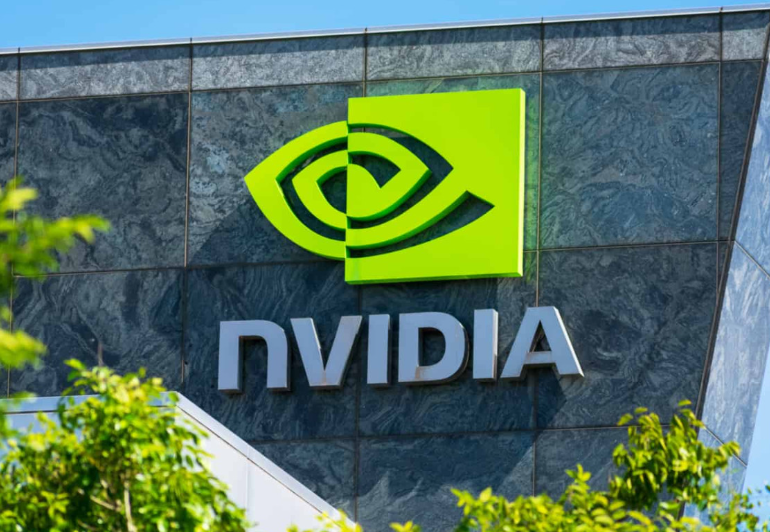Nvidia and AI Reshape the Semiconductor Industry Landscape, Competitors Must Now Play Catch-Up
-
With the rapid development of artificial intelligence technology in 2023, the semiconductor industry landscape has undergone earth-shaking changes. Nvidia (Nvidia), relying on its leading position in the data center graphics processor (GPU) market, surpassed Intel for the first time, which had long occupied the top position among U.S. chip manufacturers.

According to FactSet, Nvidia's annual revenue for 2023 is expected to reach $56.2 billion, surpassing Intel's $53.9 billion and making it the highest-revenue chip company in the U.S. Even more strikingly, analysts predict Nvidia's revenue will surge to $89.2 billion in 2024—a 59% increase from 2023 and roughly triple its 2022 figures. In contrast, Intel's 2024 revenue is projected to grow by 13.3% to $61.1 billion.
"The market is primarily controlled by Nvidia, as Nvidia is capturing market share in a sector that didn't even exist two years ago," said Karl Freund, chief analyst at Cambrian AI Research. "Their data center market share has doubled. In my 40-year career, I've never seen market dynamics like this."
Nvidia has become the new powerhouse in a burgeoning field adjacent to Intel's core processor domain. Nvidia's graphics chips are being used to accelerate AI applications, introducing new dynamics to Wall Street.
AMD is also actively entering the hot GPU and PC markets. AMD has launched a series of new products this month, including a popular new GPU family and new processors for data centers and PCs. AMD expects its AI GPUs to generate at least $2 billion in sales in their first year, posing a significant challenge to Nvidia.
Moreover, with the rise of companies like ARM and Qualcomm in low-power AI applications, another architecture competing with x86—Reduced Instruction Set Computing (RISC)—is transforming the computing hardware landscape. Recently, the open-source version of RISC, RISC-V, has attracted attention from internet, social media companies, and startups. Due to the massive energy consumption of AI accelerators in data centers, companies are seeking energy-saving alternatives.
All these different product variations will bring new challenges to industry leaders like Nvidia and Intel. Investors are also slightly nervous about whether Nvidia can maintain its current growth pace. However, Nvidia discussed new and expanded markets last quarter, including countries and governments with complex regulatory requirements.
"This is an interesting market," Freund said.
With further intensification of market competition and the emergence of new entrants, investors should prepare for more technological changes in the coming year. These new players may seize even small portions of market share from the leaders.
